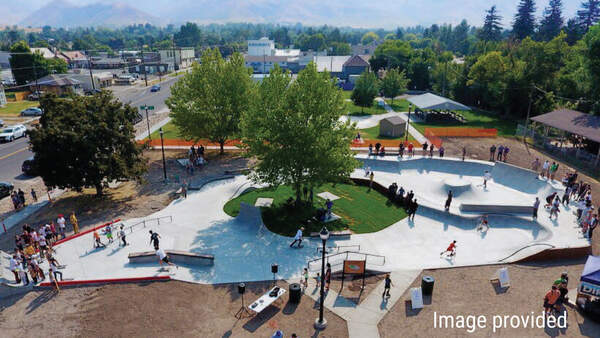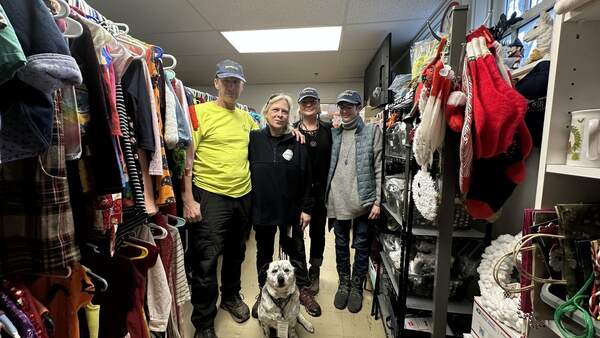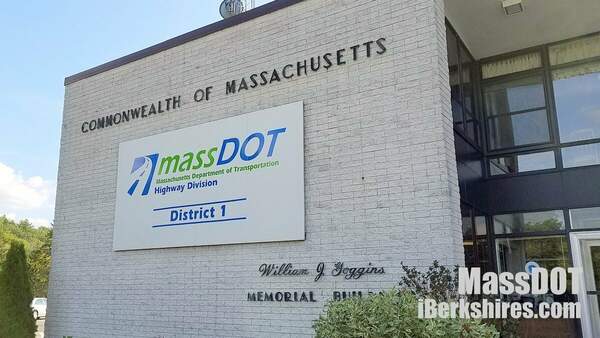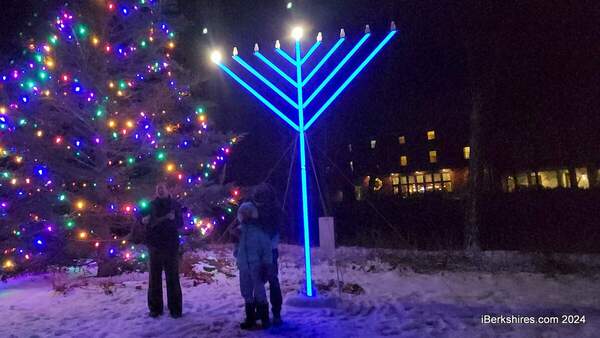State Officials Scrambling to Keep Emergency Services Open
 |
NORTH ADAMS, Mass. — State and local officials are scrambling to find a solution to the financial woes of Northern Berkshire Healthcare.
"My understanding is that Gov. Patrick basically told his secretaries two words: 'Fix it,'" Mayor Richard Alcombright told a meeting of local clergy on Wednesday. "Hopefully things will be able to be restored to some level."
On Beacon Hill, Sen. Benjamin B. Downing, D-Pittsfield, and Rep. Gailanne Cariddi have been brainstorming options with legislative leaders as Friday's deadline approaches for the closure of North Adams Regional Hospital.
More than 500 people are expected to lose their jobs after years-long talks with Berkshire Health Systems to take over the operation faltered earlier this week. There is concern that once the doors close it will be difficult to reopen them because the facility's accreditations would lapse.
A community event is being held Wednesday night from 5 to 7 at the American Legion Hall to discuss possibilities.
Earlier in the day, Cariddi had reportedly hoped to push through an emergency bill for $3 million but by the afternoon could only say that things were fluid and she remained hopeful.
"The way I see it is there is some light at the end of the tunnel," the North Adams Democrat said. "But it's a bumpy tunnel."
Cariddi has been working with the speaker's office and said the atmosphere on the Hill has been supportive.
"Senator Downing has been right there with ideas and making sure we're talking to the right people," she said.
Downing has been working with the Public Health Secretary John Polanowicz among others and was expected to meet with Polanowicz later in the afternoon.
"We've been working through DPH and the secretary all weekend to try to find a solution," Gov. Deval Patrick said to reporters earlier in the day. "We thought we had one right up until the point that the board of the hospital made the decision they made here. ...
"What we need is a viable facility in North Adams."
Alcombright said the federal government missed an opportunity a few years ago to keep the health care system stable when it rejected its application as a critical access facility, designed for hospitals serving rural, high-poverty areas, because it was 1.8 miles too close to Berkshire Medical Center in Pittsfield.
The designation would have provided 30 percent more on Medicaid/Medicare reimbursements, the mayor said. "It would have really helped out."
Alcombright believed takeover talks stumbled over the debt load being carried by NBH, which still has an open Chapter 11 bankruptcy case.
"Rather than throwing $10 million at a continually sinking ship to keep it afloat until you can find a solution do you throw $15 million at it to what may be a solution — to take away that obligation?" he asked.
Cariddi said she could empathize with families being caught up in the closings, particularly those dealing with family members who relied on the hospital and it's affiliates. She's been trying to answer as many personal phone calls as possible.
"I think the immediate reaction is stunned, but we're trying to allay those fears and try to make sure, in some form, the hospital remains open."
Tags: closure, NARH, NBH, state officials,















